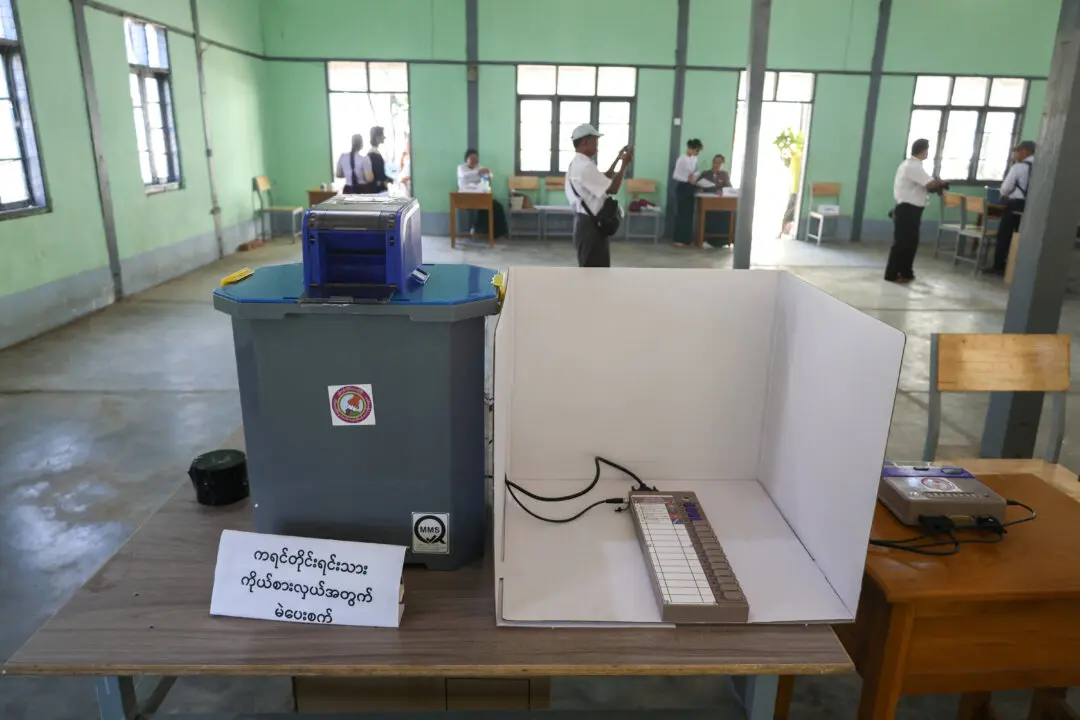TOKYO—Japan’s factory output shrank for the first time in three months in December as a decline in machinery production outweighed a small rise in autos, casting a cloud over the strength of the economic recovery.
Retail sales posted their third straight month of year-on-year gains in December as low coronavirus cases encouraged shoppers. Record infections this month driven by the Omicron variant, however, are expected to have hit consumer sentiment.





